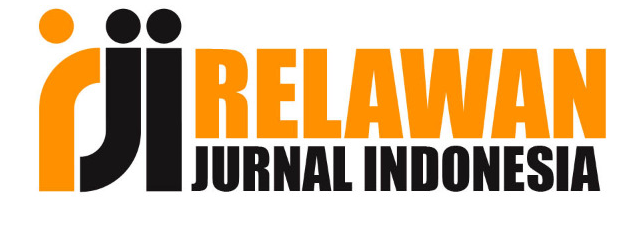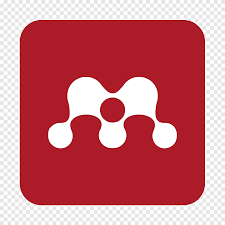Development of the Sorogan Method in Learning to Read the Alquran
Abstract
The Qur'an is a holy book that was revealed to the Proclaimer of Islam, the Prophet Muhammad, and it is an obligation for Muslims to study the Qur'an well. Regarding the method of learning the Qur'an, there are several methods that can be used, including the Sorogan method. This method is a method of learning the Qur'an that has existed for a long time and is still being applied to this digital era. This study aims to determine the implementation of the sorogan method in Mandala Ketawang Karay Ganding Sumenep. The research method used in this research is the Field Qualitative Research method, which examines the object of research in detail and concretely. The data collection techniques are observation, interviews, and documentation of activities. And the analysis technique used in this research is data presentation and conclusion drawing. The results of this study indicate that the sorogan method applied in several mosques in Mandala hamlet can produce good output. In addition, some of these Mushallas can develop the sorogan method into an interesting learning model, such as the creative Al-Miftah Mushalla with the use of an accusing tool, the El-Quds Mushalla with alluding to the arguments of tajwid as a tool to reprimand children's readings that are wrong, and Al-Karomah Mushalla with brother-sister relationships between teachers and students and the creation of playtime on the sidelines of learning. Because the children in Mandala Ketawang Karay Ganding Sumenep are considered successful in learning to read the Qur’an through the sorogan method, this research is important. The researcher also considers that the developments of the sorogan method that applied in several mosques in Mandala need attention in order to increase the effectiveness of the use of the sorogan method.
Keywords
References
Armai, A. (2002). Pengantar Ilmu dan Metodologi Pendidikan Islam. Ciputat Press.
Hadi, S. (1992). Metodologi Researc II. Andi Offset.
Handayani, I. N., & Suismanto, S. (2018). Metode Sorogan dalam Meningkatkan Kemampuan Membaca Alquran pada Anak. Golden Age: Jurnal Ilmiah Tumbuh Kembang Anak Usia Dini, 3(2), 103–113. https://ejournal.uin-suka.ac.id/tarbiyah/goldenage/article/view/2340
Hasanah, K. (2018). Implementasi Metode Tilawati dalam Meningkatkan Kemampuan Membaca Alquran. Bidayatuna, 1(1), 87. https://doi.org/https://doi.org/10.36835/bidayatuna.v1i1.603
Musodiqin, M., Nadjih, D., & Nugroho, T. (2017). Implementasi Sorogan dalam Pembelajaran Alquran pada Madrasah Diniyah Takmiliyah. Jurnal Ulumuddin, 7(1), 59–71.
Nata, A., & Azra, A. (2001). Sejarah Pertumbuhan dan Perkembangan Lembaga-lembaga Pendidikan Islam di Indonesia. Grasindo.
Riduawan. (2006). Metode & Teknik PenyusunanTesis. Alfabeta.
Rodiah, R. (2018). Implementasi Metode Sorogan dalam Pembelajaran Kitab Kuning di Pondok Pesantren Al-Munawwarah Kab. Kepahiang Provinsi Bengkulu. Jurnal Literasiologi: Literasi Tentang Ke-Indonesiaan, 1(1). https://jurnal.literasikitaindonesia.com/index.php/literasiologi/article/view/8
Sardar, Z. (2014). Ngaji Alquran di Zaman Edan. Serambi.
Shihab, M. Q. (2009). Membumikan Alquran. Mizan.
Sugiyono. (2012). Metode Penelitian Pendidikan. Alfabeta.
Sugiyono. (2016). Metode Penelitian Kuantitatif, kualitatif dan R&D. Alfabeta.
Supratiknya, A. (2019). Serba-serbi Metode & Penulisan Ilmiah dalam Psikologi. Kanisius.
Suwendra, W. (2018). Metodologi Penelitian Kualitatif. Nila Cakra.
Thobroni. (2015). Belajar dan Pembelajaran. Ar-ruzz Media.
Yunahar, I. (2015). Kesetaraan Gender dalam Al-Qur’an: Studi Pemikiran Para Mufasir. Itqan Publishing.
DOI: 10.28944/maharot.v6i2.736
Refbacks
- There are currently no refbacks.

This work is licensed under a Creative Commons Attribution-NonCommercial-ShareAlike 4.0 International License.






